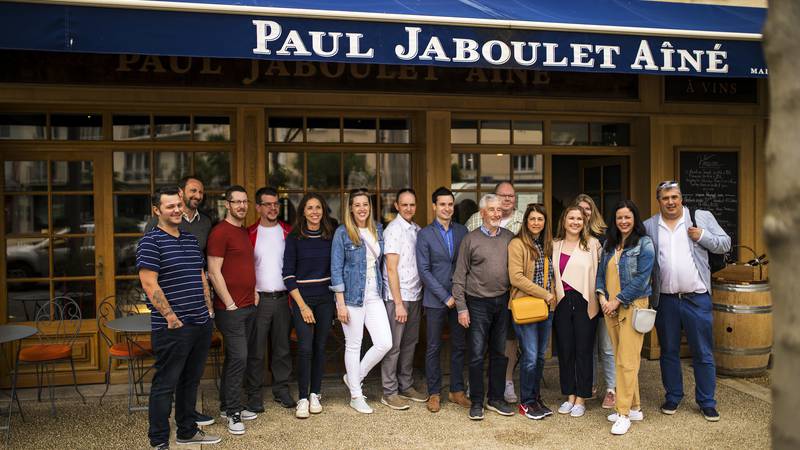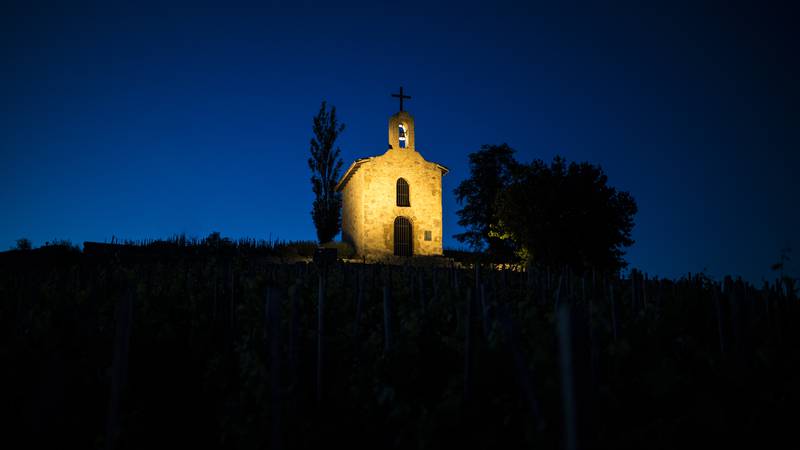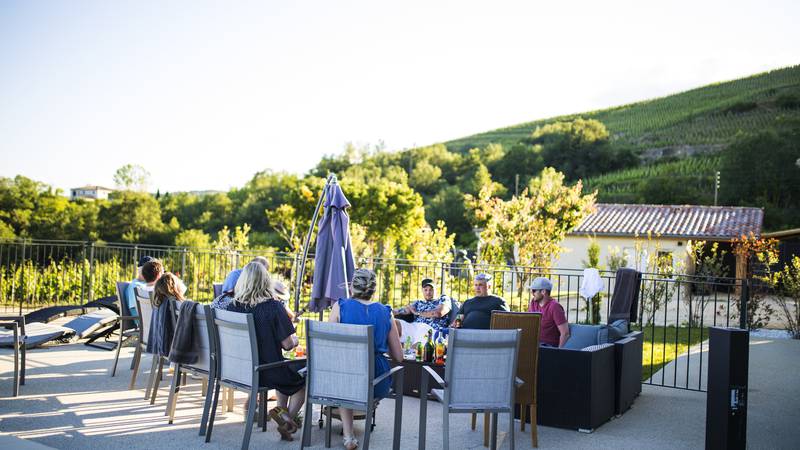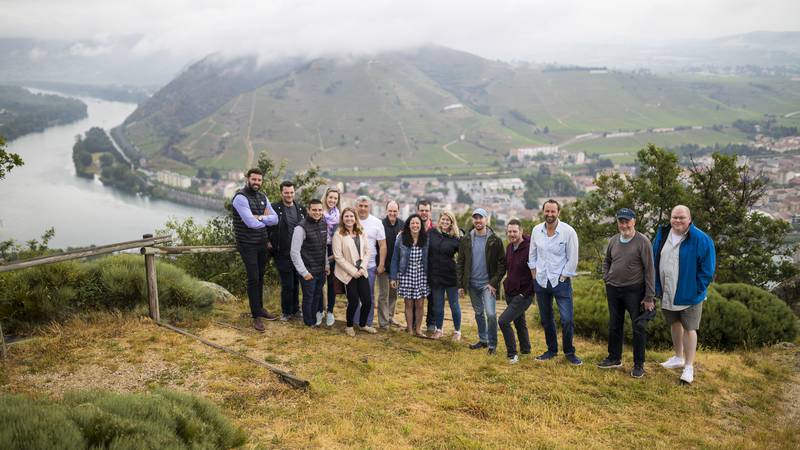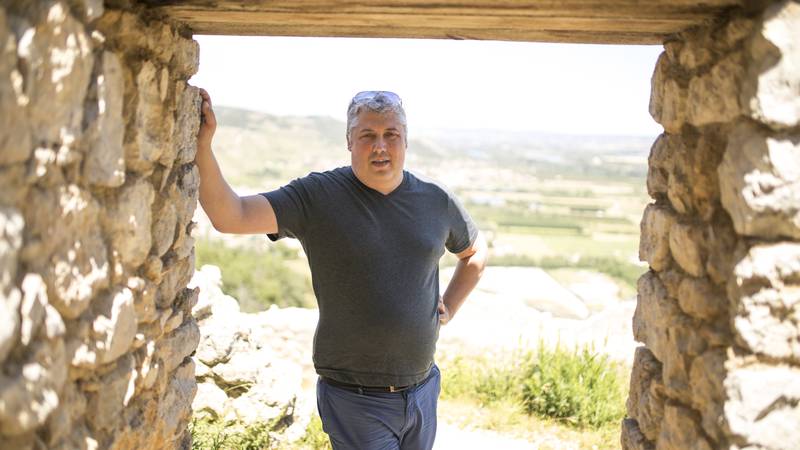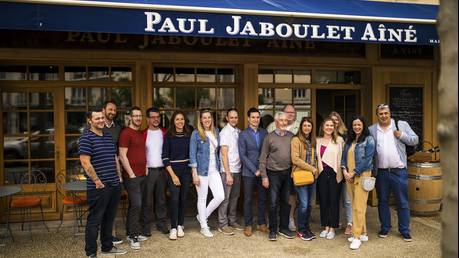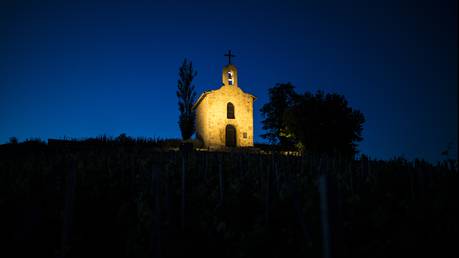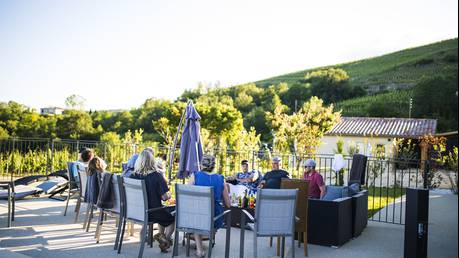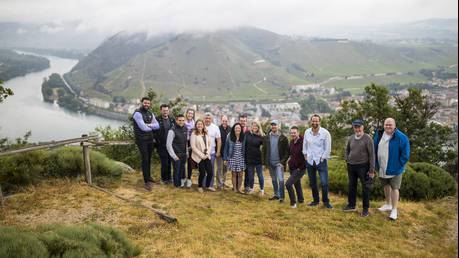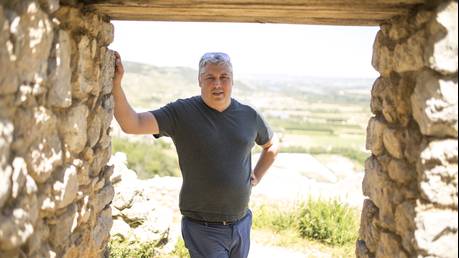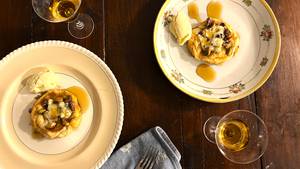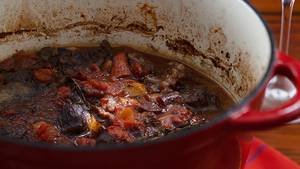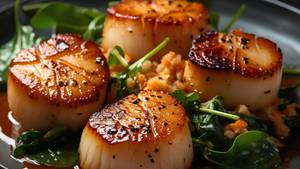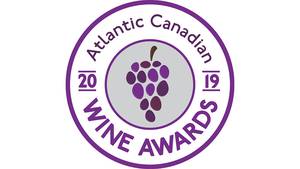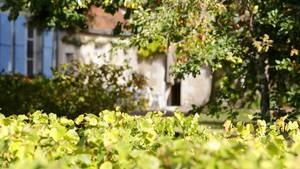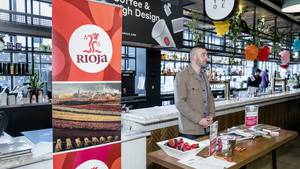Pont-de-L’Isère is named after the bridge that crosses the Isère river on the southern edge of the town. There’s little remarkable about this sleepy French town, less perhaps the celebrity of Chef Michel Chabran, whose La Grande Table restaurant, draws lovers of gastronomy to its thoroughfare-like main street, aptly named. That is, except for the 45th parallel that bisects the town.
The line acts as a symbolic divide between the Northern and Southern Rhone Valleys. To the North, the climate becomes cooler, the wines more edgy and more focused on the purity of singular varietals. And while the Syrah-based wines of Cornas, Hermitage and the Côte-Rôtie bask in the warmth of notoriety, I found myself equally drawn to the lesser known flavours of Marsanne, a white grape varietal that plays a key role in the whites of the southern section of the Northern Rhone, but less known than Viognier which stars in the celebrated wines of Condrieu and Château Grillet in the far north.
After a not-so-leisurely hike, or at least not without a few moments gasping for air, I climbed high above the appellation to the ruins of Château de Crussol which offers birds eye views over the town and surrounding vineyards of the Saint-Péray appellation. There could be little better place to understand the unique terroir of Saint- Péray than this lofty environ. The castle walls, or at least what remains of them, and the paths leading up to them speak to the very geological complexity of Saint- Péray. Much of the hill, located at the southern edge of the appellation, was heavily influenced by the Alpine Ocean which once covered the area. The limestone, calcerous content of much of the hill clearly evident. However, Saint-Péray’s soil structure is diverse. Across the valley on the northern side of the town, southern facing vineyards sit on granitic soils, themselves the result of a period of volcanic activity. There is a certain bowl like affect to the appellation which seems to retain a coolness, despite the warmth of the areas that surround it.
The wines can be made as either still or sparkling wines, although the bulk are the former and may be made from either Marsanne or Roussanne, but most are either 100 per cent Marsanne or have just a small amount of Roussanne in the mix. While Marsanne is known for its lower acidity tendencies, I found the wines of Saint-Péray, anything but flat or flabby. There was a certain purity to them, dare I say naturalness. A sort of uncomplicated melange of quince, apricot and beeswax flavours built on a frame that was neither opulent nor lean, and neither acidic nor soft. There was also a sense that given a little time a little more opulence and complexity is possible in many of the wines.
Walking through the town of Saint-Péray on market day, I felt a certain synergy between the wines and the place. There was a feeling of comfort. A sort of rural charm without being off the beaten track. Saint-Péray is only a short 15-minute drive from the comparable – albeit hardly bustling – town of Tain L’Hermitage. On my recent pilgrimage to the shrine that is the hill of Hermitage, I anticipated lasting memories of savoury Syrahs. And while tastes of Jaboulet’s La Chapelle and Chapoutier’s Le Pavillon whilst undoubtedly linger in my brain for decades to come, it was the whites of the hill that are occupying my vinous memory bank at the moment.
I was particularly drawn to those focused on Marsanne (Roussanne is also permitted in the blend). For all the simplicity and comparably delicacy of Saint-Péray, I couldn’t help but love the lush, creamy textures and honeyed stone fruit flavours of these wines. Judicious use of oak is paramount as too much can be distracting.
While I reaffirmed my love of Syrah in the vineyards of St. Joseph, Hermitage, Cornas and the Côte-Rôtie, I rekindled a love of Marsanne in the Northern Rhone. Often when traveling the wine regions of the world it is the unexpected that is the most rewarding.
Travel Tips
- Le Vineum, Tain L’Hermitage – Don’t let the modest front façade of Jaboulet’s wine store and restaurant fool you. There is a talented chef lurking in the kitchen. A superlative meal awaits you for a modest price.
- M. Chapouter les Gîtes – Although not well-advertised, this stalwart producer rents of out holiday homes. Their Hermite apartments sit on the famed hill. The apartments are stylish and well-appointed. Hermite 4, complete with pool, is ideal for larger groups.
- Ferraton Père & Fils Caveau – Enjoy tapas like cuisine a stone’s throw from the Rhone River in Tain L’Hermitage.
- Valrhona Chocolate – What indulgent trip would be complete without chocolate? The richness of Tain L’Hermitage extends beyond its vines. The Valrhona Cite du Chocolat offers self-guided tours and samples of this world-famous chocolatier.
- Saint-Joseph Lookout – To fully appreciate the unique and complex geography and terroir of the hill of Hermitage venture across the river to Tournon. High above the town, at the top of the vineyards of Saint-Joseph a lookout provides sweeping views of Tain L’Hermitage and the surrounding vineyards.

